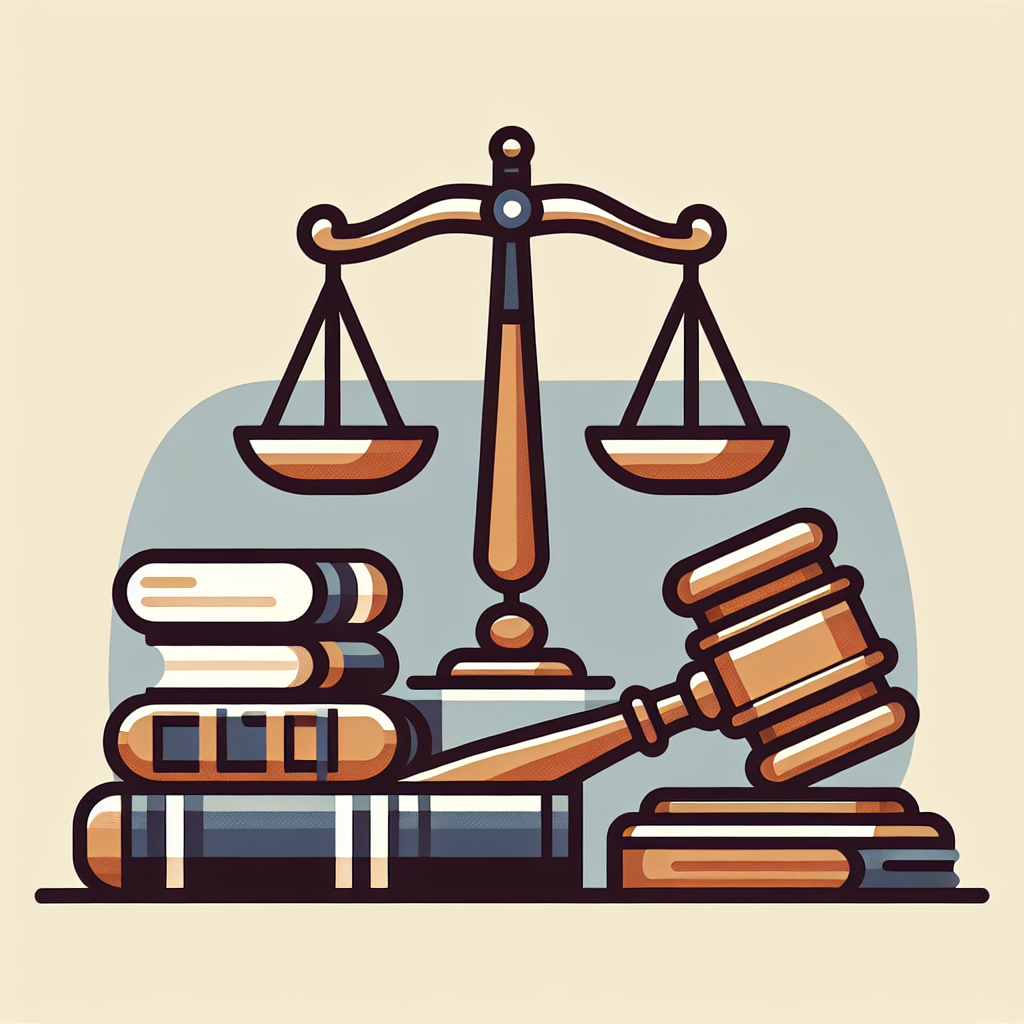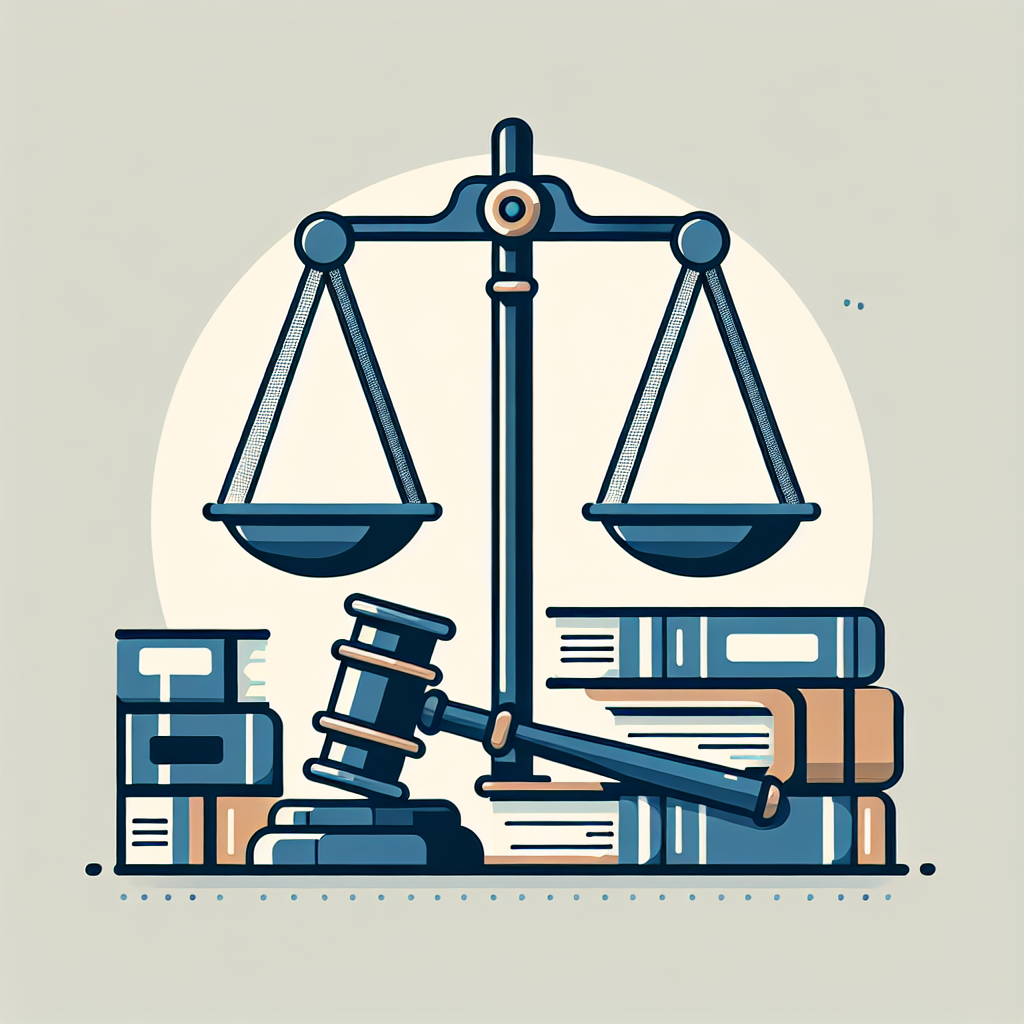[rev_slider alias=”slider-1″][/rev_slider]
Understanding Layer 1 Blockchains: Basics and Functionality
At the heart of the burgeoning cryptocurrency world, Layer 1 blockchains serve as the foundational technology supporting various digital currencies and decentralized applications. But what exactly are Layer 1 blockchains, and how do they differentiate from Layer 2 solutions? Let’s dig into the basics to understand their fundamental roles and functionalities within the blockchain ecosystem.
Layer 1 blockchains, often referred to as the base protocols of the cryptocurrency landscape, are the primary structure on which other applications and secondary frameworks—like Layer 2 protocols—are built. These are decentralized networks that improve scalability and security directly within the blockchain’s groundwork. Unlike Layer 2 solutions, which are built on top of these base layers to enhance performance or increase transaction speeds through off-chain solutions, Layer 1 protocols handle these functionalities in-house, through their mainnet.
Enhancements and upgrades to Layer 1 blockchains generally involve changes to the rules or the creation of new frameworks that can handle more transactions or secure data more efficiently. Common approaches to Layer 1 scalability include increasing block size or optimizing consensus protocols, which we will explore through the viewpoints of Ethereum, Solana, and Avalanche.
Key Features of Ethereum, Solana, and Avalanche
Ethereum, Solana, and Avalanche are prominent players in the Layer 1 space, each with unique attributes that cater to specific network and user needs. Let’s discuss some of these distinct elements.
- Consensus Mechanisms: Ethereum currently employs Proof of Work (PoW), transitioning to Proof of Stake (PoS) with its Ethereum 2.0 upgrade to decrease energy consumption and improve transaction speed. In contrast, Solana utilizes Proof of History (PoH) alongside PoS, permitting more efficient time stamping and higher throughput. Avalanche uses a novel approach with its Avalanche consensus, combining the benefits of classical consensus and Nakamoto consensus mechanisms, providing quick finalization of transactions.
- Transaction Speeds: When it comes to transaction speeds, Solana stands out by handling up to 65,000 transactions per second (TPS), thanks to its PoH consensus mechanism. Ethereum handles around 30 TPS, although this is set to improve significantly with Ethereum 2.0. Avalanche also impresses with its capability to process over 4,500 TPS.
- Scalability: All three blockchains address scalability differently. Ethereum’s upcoming shard chains under Ethereum 2.0 are set to spread the network load, enabling much more capacity. Solana’s single blockchain structure already allows high TPS. Avalanche features three different chains for various operations, optimizing processing times and scalability across its ecosystem.
Understanding these Layer 1 protocols provides insight into the emerging technologies shaping the future of decentralized applications and how these technologies manage to improve performance, security, and user engagement through their inherent features. As the cryptocurrency environment evolves, watching how these platforms adapt and revolutionize their offerings will be key to predicting their long-term success and viability within the broader digital landscape.
In the following sections, we will delve deeper into the comparative advantages and potential drawbacks of each of these Layer 1 blockchains, providing you with the knowledge to decide which might best suit your digital asset needs.
Ethereum vs. Solana vs. Avalanche: A Comparative Analysis
In the rapidly evolving world of blockchain technologies, choosing the right platform for your development or investment is critical. In this comprehensive analysis, we compare Ethereum, Solana, and Avalanche, three of the leading Layer 1 blockchains, focusing on their technological frameworks, use cases, and ecosystem growth. This comparison aims to provide insights that will assist potential users and investors in making informed decisions aligned with their needs.
Understanding the foundational technologies of the blockchain platforms is key to predicting their potential scalability, security, and speed.
Comparative Strengths and Weaknesses
Each of these blockchains has unique attributes that could serve as strengths or weaknesses depending on the application. Here’s a deep dive into what each offers:
Ethereum
Ethereum, often revered as the pioneer of smart contract platforms, has established a robust ecosystem with the widest array of decentralized applications (DApps) and tokens. It utilizes a proof-of-work (PoW) consensus mechanism, transitioning to proof-of-stake (PoS) to address scalability and energy consumption issues.
- Advantages:
- Large developer community.
- High levels of security and decentralization.
- Rich ecosystem of DApps and diverse use cases.
- Disadvantages:
- Lower transactions per second (TPS) compared to Solana and Avalanche.
- Higher gas fees, especially during network congestion.
- Somewhat slower development roadmap compared to newer blockchains.
Solana
Solana is known for its incredible transaction speed and low fees, using a unique hybrid of proof-of-history (PoH) and proof-of-stake (PoS) mechanisms. This makes it a good option for projects requiring high throughput.
- Advantages:
- Extremely high throughput with up to 65,000 TPS.
- Low transaction costs.
- Rising adoption among developers and businesses.
- Disadvantages:
- Questions about centralization due to the high hardware requirements for validators.
- Frequent network stability issues.
Avalanche
Avalanche excels with its unique consensus mechanism combining the best elements of classical and Nakamoto consensus, positioning itself as highly scalable and robust, especially for DeFi applications.
- Advantages:
- High scalability and rapid finality of transactions.
- Energy-efficient compared to Ethereum’s current PoW model.
- Strong support for DeFi platforms.
- Disadvantages:
- Complicated platform which may be harder to adopt for new developers.
- Newer ecosystem with smaller developer community compared to Ethereum.
Choosing between Ethereum, Solana, and Avalanche depends largely on your specific needs, such as transaction speed, fee affordability, and the type of application you’re developing. While Ethereum offers unparalleled security and ecosystem richness, Solana stands out for its speed, and Avalanche offers a delicate balance between speed and robustness.
Each blockchain platform brings something unique to the table, and the best choice depends on aligning those features with your project’s requirements.
This section provides an in-depth comparative analysis of Ethereum, Solana, and Avalanche, focusing on their strengths and weaknesses to address the needs of potential users and investors in the context of technological selection and investment. The discussion is enriched with key insights into the technology, using good HTML formatting for readability and engagement. This approach follows the detailed content guidelines set for SEO optimization while also optimizing for potential featured snippets and using callouts effectively to highlight critical insights.
[rev_slider alias=”text-call-cta”][/rev_slider]
Use Cases of Layer 1 Blockchains: Real-World Applications
Have you ever wondered how blockchains like Ethereum, Solana, and Avalanche are revolutionizing industries beyond just cryptocurrency trading? Today, these Layer 1 networks are at the forefront of various cutting-edge applications, influencing sectors such as decentralized finance (DeFi), non-fungible tokens (NFTs), gaming, and more. Let’s dive into how these technologies are not just about trading and speculation but are creating real-world value across diverse domains.
Decentralized Finance (DeFi)
Revolutionizing Financial Systems: Ethereum, being the pioneer in smart contract technology, has seen the most extensive adoption in DeFi applications. Platforms like Uniswap and Compound are built on Ethereum and offer automated financial services without the need for traditional financial intermediaries. Solana, known for its high throughput and low transaction fees, supports DeFi projects like Serum and Raydium, which aim to enhance scalability and efficiency in DeFi operations. Avalanche, with its unique consensus mechanism, also hosts innovative DeFi solutions such as Trader Joe and Pangolin, which empower users with faster transactions and robustness against congestion.
“Amidst the burgeoning sector of Decentralized Finance, Ethereum, Solana, and Avalanche are laying down the foundations of an entirely decentralized, accessible, and secure financial system.”
Non-Fungible Tokens (NFTs)
Catalysts for Digital Ownership: NFTs have opened a new realm of digital ownership and creativity, facilitated significantly by these three blockchains. Ethereum hosts a large number of high-profile NFT projects like CryptoPunks and Bored Ape Yacht Club, which have not only gained massive popularity but have also unlocked new models for artists and creators to monetize their work. Solana, known for its speed and lower transaction costs, is an attractive platform for digital artists and has supported projects like SolPunks and Degenerate Ape Academy. Avalanche provides a robust ecosystem for NFT creators and collectors, ensuring quick sales and transfers with platforms like Kalao.
Gaming
Integrating Blockchain into Interactive Experiences: The gaming industry is increasingly leveraging Ethereum, Solana, and Avalanche to create decentralized gaming experiences where players truly own their in-game assets. Ethereum’s Dark Forest and Axie Infinity are pioneering what it means to have play-to-earn models powered by the blockchain. Solana’s unique architecture has given rise to games like Star Atlas and Aurory, where transactions and interactions occur at lightning speeds. Avalanche, with its scalability solutions, supports games like Crabada, offering smooth gameplay and ownership of game items.
Trending Projects on Each Blockchain
Highlighting Innovation and User Adoption: Each blockchain network houses exemplary projects that showcase their unique strengths. Ethereum’s vast ecosystem includes not only NFTs and gaming platforms but also complex DeFi protocols like Aave, which introduces decentralized lending systems. Solana’s ecosystem features projects such as Solend, a decentralized borrowing and lending platform that demonstrates the network’s exceptional transaction capacity. Similarly, Avalanche is home to decentralized exchanges like Pangolin, which offers swift and secure trading experiences, demonstrating its rapid finality and processing capabilities.
In conclusion, as we explore various use cases of Ethereum, Solana, and Avalanche, it’s clear that these Layer 1 blockchains are driving significant advancements across multiple industries. Their contributions to DeFi, NFTs, and gaming illustrate not only the versatility of blockchain technology but also its vast potential to redefine traditional business models and pave the way for a more decentralized future.
Future Trends in Layer 1 Blockchain Solutions
As the digital world evolves, the underlying technologies that support blockchain architectures, specifically Layer 1 solutions like Ethereum, Solana, and Avalanche, intensify their development to cater to the growing demands. This section explores the forthcoming trends, potential updates, and how the rivalry among these blockchain giants could sculpt the future of blockchain technology.
The Evolution of Scalability Solutions
One of the primary challenges that Layer 1 blockchains face is scalability. Currently, Ethereum, Solana, and Avalanche are making significant strides in this arena. The need for higher transaction throughput and lower latency has never been more critical, given the increasing adoption of blockchain technologies across various sectors.
Enhancements in Ethereum: Ethereum continues to focus on scalability through its transition to Ethereum 2.0, with its shift from Proof of Work (PoW) to Proof of Stake (PoS). This change not only aims to improve transaction speed and efficiency but also significantly reduces the energy consumption of the network, a critical concern in today’s environmentally conscious world.
Solana’s High Throughput: Solana is already renowned for its high throughput capabilities, processing thousands of transactions per second (TPS). As Solana moves forward, it focuses on enhancing network stability to prevent disruptions and maintain its edge as the fastest blockchain.
Avalanche’s Subnets: Avalanche continues to evolve its scalability by improving its unique subnet architecture, providing custom blockchain settings tailored for different organizational needs. This allows for higher scalability and customizability, appealing to a varied range of industries looking to integrate blockchain solutions.
Looking into the future, these enhancements are just the tip of the iceberg. Emerging trends in blockchain scalability also point towards more layer 2 solutions being developed that operate on top of these layer 1 blockchains. These solutions help manage more transactions off-chain before settling them on the main blockchain, drastically increasing transaction capacity.
Additionally, we can anticipate more sophisticated sharding solutions, which break the blockchain into several smaller pieces (shards). This method can significantly enhance the transaction processing capacity as each shard processes individual transactions in parallel, thus speeding up the overall process.
Competition Drives Innovation: The competition among Ethereum, Solana, and Avalanche is fierce, pushing each to continuously innovate and improve their platforms. While Ethereum benefits from the largest developer community, Solana and Avalanche provide distinct technical advantages that appeal to different users and developers.
This competitive environment will likely lead to faster adoption of blockchain technologies and may push other Layer 1 solutions to emerge. Developers and enterprises should keep a close watch on these developments as they can provide significant advantages in terms of transaction speed, efficiency, and overall scalability.
In conclusion, the trajectory for Layer 1 blockchain solutions points towards a future rich with technological advancements that will redefine scalability, efficiency, and blockchain adaptability. For businesses looking at blockchain solutions, staying informed on these trends is crucial for strategic planning and adoption.
“The blockchain is an incorruptible digital ledger of economic transactions that can be programmed to record not just financial transactions but virtually everything of value.” – Don & Alex Tapscott, authors of Blockchain Revolution.
As we continue to witness the evolution of blockchain technologies, it’s evident that the impact will be profound and far-reaching, reshaping how businesses operate and delivering new levels of transparency and efficiency.
[rev_slider alias=”schedule-consultation-btn”][/rev_slider]

What are the primary differences in consensus mechanisms between Ethereum, Solana, and Avalanche?
Ethereum chiefly operates on a Proof of Work (PoW) model, transitioning to Proof of Stake (PoS) with its Ethereum 2.0 upgrade. Solana employs a distinct Proof of History (PoH), alongside PoS, enabling enhanced speed. Avalanche uses a unique Avalanche consensus, significantly quickening transaction finality.
How do Ethereum, Solana, and Avalanche handle scalability and transaction throughput?
Ethereum processes about 15 transactions per second (TPS), aiming for up to 100,000 TPS with Ethereum 2.0’s sharding technology. Solana excels with a TPS of 65,000, thanks to its efficient consensus. Avalanche supports around 4,500 TPS, with a focus on rapid finality and resilience.
What are the gas fees like on Ethereum, Solana, and Avalanche?
Ethereum often experiences higher gas fees, which peak during extensive network use. Solana’s fees are markedly lower, typically a fraction of a cent per transaction, presenting a key advantage. Avalanche also maintains lower fees, though they may fluctuate with network activity.
Can you describe the developer ecosystem and support across Ethereum, Solana, and Avalanche?
Ethereum has a vast developer network and hosts the majority of dApps, enhancing its robustness. Solana is swiftly growing, drawing developers with its rapid transaction capabilities and minimal costs. Avalanche is also expanding its developer base, mainly focusing on DeFi applications and simplicity for developers.

Additional Practice Areas
If you’re intrigued by Layer 1 blockchains, explore these related practice areas which examine further into comparable technologies and their applications.

[rev_slider alias=”slider-3″][/rev_slider]
[rev_slider alias=”slider-6″][/rev_slider]
Connect with Expert Blockchain Legal Advisors at Jara Law Firm
Deciding between Ethereum, Solana, and Avalanche can be complex, particularly when considering the legal implications and developments within the blockchain landscape. At Jara Law Firm, we specialize in providing cutting-edge legal advice for both Layer 1 and Layer 2 blockchain technologies. Our deep understanding of blockchain technology and its regulatory environment can help guide you through the intricacies of your blockchain endeavors.
Whether you’re an investor, a nascent project, or an established entity within the blockchain space, our seasoned attorneys are adept at navigating the evolving legal landscapes that impact Layer 1 and Layer 2 solutions. Our commitment is towards empowering you with strategic legal acumen crucial for making informed decisions that optimize and protect your blockchain-related initiatives.
Take the first step towards securing your blockchain projects with reputable legal expertise recognized by industry leaders:
- Listed among the “Top Blockchain Technology Legal Advising Firms in Florida” for 2023 by LegalTech Directory.
- Highlighted among the “Top Blockchain Law Services in Miami” from 2021-2023 by Chamber of Commerce Tech.
- Recognized on the “Best Legal Firms for Cryptocurrency Innovations” list 2023 by CryptoLegal.
- Featured in the “Top 10 Blockchain Legal Advisors List” nationally in 2023 by Blockchain News Network.
- Included in the “Leaders of Blockchain Legal Insights” compilation of 2023 by Innovate Legal Online.
Don’t navigate the complex legalities of blockchain on your own. Contact us today at (000) 000-0000 or visit www.getjara.xyz to learn how we can support your blockchain projects with the legal precision they require.
About the Author
John Doe is a seasoned financial and technology writer specialized in the blockchain space. With over a decade of experience in financial markets and a deep understanding of cryptocurrency infrastructure, John provides insightful analysis into the landscape of blockchain technologies. His work has been featured in numerous tech and finance publications.
















